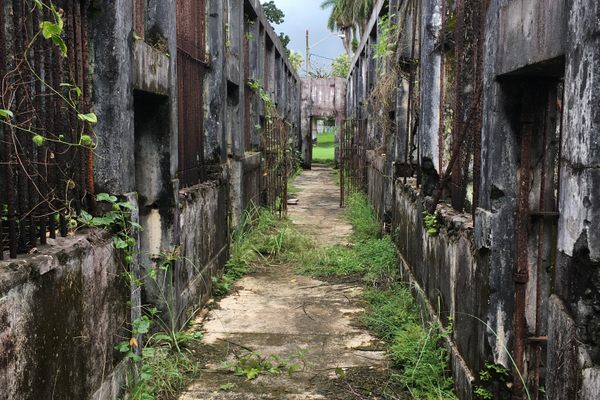About
Every year, all across the world, every nation that observes Daylight Saving Time (DST) will turn its clocks forward one hour in the spring and back an hour the fall. That is, except for a handful of geographically isolated places. One tiny island off the coast of Australia, Lord Howe Island, is one of the few DST-observing regions in the globe that doesn’t switch its clocks forward by one hour, but rather by just 30 minutes.
The reason for this unique timezone phenomenon is that Lord Howe Island follows a UTC +10:30 timezone, while the nearest land area, the state of New South Wales in mainland Australia, abides by a UTC +10:00 clock. Yet despite these 30 minutes of separation, the governor of Lord Howe Island, for reasons unknown, desperately wanted to share a time-of-day connection with New South Wales for at least part of the year.
An island-wide referendum was held and the governor’s plan was passed, setting the island’s time forward 30 minutes, not 60, during Daylight Savings Time to UTC +11:00, perfectly aligning the clocks on Lord Howe with those of a landmass hundreds of miles away.
Beyond its timezone anomaly, Lord Howe Island is also home to a variety of other bizarre occurrences, including a “hundred years’ war” against a rat infestation, the world’s southernmost barrier coral reef, and Ball’s Pyramid, which contains what may be the rarest insect on the globe. But among the timezone geeks out there, the island's half-hour clock switch has truly gained it its 30 minutes of fame.
Related Tags
Community Contributors
Added By
Published
November 6, 2016






























